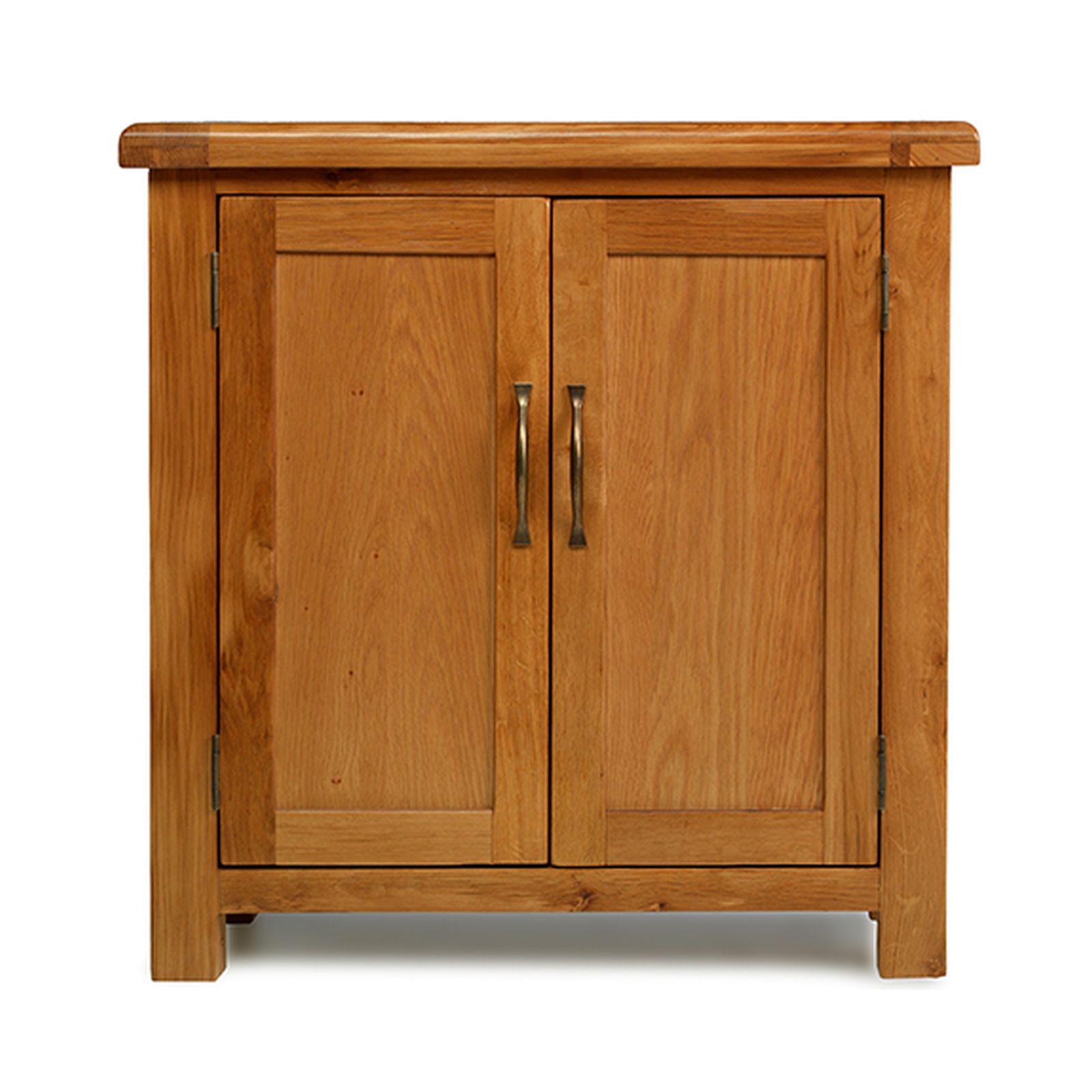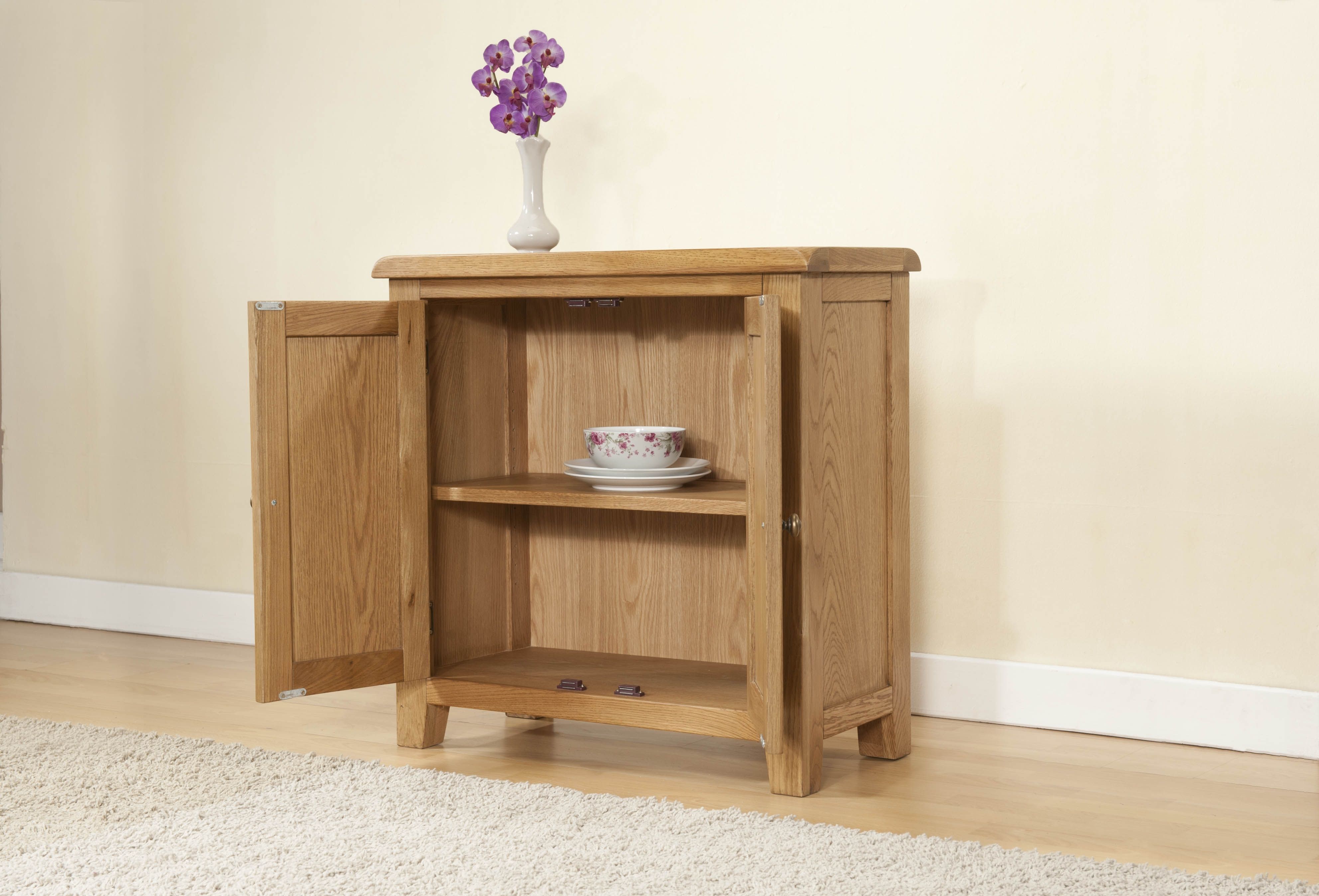Finding the Perfect Small Narrow Cabinet

Ah, my friends, the quest for the ideal small narrow cabinet! A seemingly simple task, yet one fraught with potential pitfalls. Choosing the right cabinet can transform a cramped space into a haven of organized efficiency, or, if poorly chosen, exacerbate the very clutter you seek to conquer. Let us embark on this journey together, guided by wisdom and a discerning eye.
Ideal Dimensions and Features of Small Narrow Cabinets
The dimensions and features of your perfect small narrow cabinet will depend greatly on its intended location and purpose. A bathroom cabinet will have different requirements than one for a kitchen or entryway. The following table provides guidance for various spaces:
| Space | Ideal Dimensions (inches) | Door Style | Material Suggestions |
|---|---|---|---|
| Bathroom | 12″W x 30″H x 6″D | Single door, mirrored or solid | Moisture-resistant wood (e.g., teak), lacquered MDF |
| Entryway | 10″W x 36″H x 8″D | Single or double doors, depending on width | Durable wood (e.g., oak), metal with powder coat finish |
| Kitchen | 15″W x 24″H x 12″D | Single or double doors, depending on width | Wood (e.g., maple), metal (for added durability near heat sources) |
Material Comparison for Small Narrow Cabinets
The choice of material significantly impacts the cabinet’s durability, aesthetics, and price. Let’s weigh the pros and cons of common materials:
Small narrow cabinet with doors – The selection of the right material is paramount. Consider these points carefully:
- Wood: Pros: Natural beauty, durability (depending on the wood type), can be stained or painted. Cons: Can be more expensive, susceptible to moisture damage (unless treated), requires regular maintenance.
- Metal: Pros: Durable, resistant to moisture and damage, easy to clean. Cons: Can be more expensive than plastic, may dent or scratch, can feel cold to the touch.
- Plastic: Pros: Inexpensive, lightweight, comes in various colors and finishes. Cons: Less durable than wood or metal, can easily scratch or chip, may not be as aesthetically pleasing.
Creative Storage Solutions for Maximizing Space Efficiency
My dear friends, maximizing space in a small cabinet is an art form. Let us explore some techniques:
Utilize vertical space with adjustable shelves. This allows you to customize the space to fit items of varying heights.
Employ drawer dividers or organizers to keep small items separated and easily accessible. Think of tiny compartments within compartments!
Use the back of the door for additional storage. Hang small hooks or pockets to hold items like cleaning supplies or jewelry.
Interior Configurations for Different Storage Needs
Now, let us consider three distinct interior configurations:
Three distinct interior designs cater to different needs. Consider these examples:
Toiletries: A single shelf at the top for larger bottles, a pull-out drawer at the bottom for smaller items, and a small shelf in between for frequently used items. This creates an intuitive and efficient system for daily use.
Spices: Multiple adjustable shelves allow for a wide variety of spice jars and containers. A small spice rack attached to the inside of the door further maximizes space utilization. A magnetic spice rack is particularly clever.
Office Supplies: Deep drawers are ideal for storing stationery, pens, and other office supplies. A smaller drawer or compartment can hold paper clips and other small items. A shelf above can be used for larger items like notebooks or folders.
Styling and Integrating Small Narrow Cabinets: Small Narrow Cabinet With Doors

Ah, my friend, the small narrow cabinet! A humble servant, yet capable of holding so much more than meets the eye. Its charm lies not just in its practicality, but in its potential to become a delightful accent piece, a silent storyteller within your home’s narrative. Let us explore the art of transforming this unassuming piece into a cherished element of your décor.
Integrating a small narrow cabinet requires a delicate touch, a blend of artistry and practicality. It’s about understanding the space, the surrounding elements, and most importantly, your personal aesthetic. The key is to elevate the cabinet beyond mere storage, making it a focal point that complements, rather than clashes, with your existing style.
Decorative Strategies for Small Narrow Cabinets
The placement and styling of your small narrow cabinet significantly impact its overall aesthetic contribution to a room. Strategic choices can transform a simple storage unit into a visually appealing feature.
- Strategic Placement: Consider placing the cabinet in a niche, alcove, or hallway to seamlessly integrate it into the existing architecture. Alternatively, use it as a divider between two functional areas, like a kitchen and dining space.
- Accessorizing: Add small decorative items on top, such as a vase of flowers, a small sculpture, or a framed photograph. Avoid overcrowding; less is more. A single, carefully chosen item can make a significant impact.
- Textural Contrast: Pair the cabinet with items of contrasting textures. For example, a smooth cabinet might look stunning next to a roughly textured basket or a woven placemat.
- Vertical Emphasis: To draw the eye upwards and create a sense of height, place tall, slender objects on top of the cabinet. This is especially effective in rooms with low ceilings.
Impact of Paint Colors and Finishes, Small narrow cabinet with doors
The choice of paint color and finish can dramatically alter the cabinet’s visual weight and integration within its environment. A thoughtful selection can either make the cabinet recede into the background or become a striking focal point.
- Light and Airy: A pale pastel shade, such as soft white or a delicate lavender, will make the cabinet appear less imposing and help it blend seamlessly into a light and airy room. A glossy finish will add a touch of modern elegance.
- Bold and Dramatic: A deep, rich color like navy blue or emerald green can create a bold statement. A matte finish will give it a more traditional or rustic feel. This works particularly well in rooms with a strong design focus.
- Natural and Rustic: A natural wood stain, or a distressed paint finish, can create a warm, inviting atmosphere. This is ideal for spaces with a farmhouse or bohemian style.
Installing Decorative Hardware
The right hardware can elevate the cabinet’s aesthetic appeal, reflecting your personal style and enhancing its overall design. Careful consideration of style and placement is crucial.
- Choose Your Style: Select knobs or pulls that complement the cabinet’s color and finish, as well as the overall style of your room. Consider materials like brushed nickel, antique brass, or ceramic for a touch of personality.
- Measure and Mark: Carefully measure the distance between the holes for the existing hardware. Use this measurement to mark the new locations for the decorative hardware. Precise placement is key to a professional finish.
- Install the Hardware: Use a screwdriver or drill (depending on the hardware) to securely attach the new knobs or pulls to the cabinet doors. Ensure they are firmly attached and aligned.
- Placement Options: Consider the placement of the knobs or pulls in relation to the cabinet doors. Centered placement is classic, while off-center placement can create a more modern look.
Strategic Lighting for Cabinet Enhancement
Illuminating the cabinet can transform it from a mere storage unit into a visually stunning feature, highlighting its contents and adding depth to the room’s ambiance.
- Under-Cabinet Lighting: Small LED strip lights installed under the cabinet will illuminate the contents, making them easily accessible and visually appealing. This is particularly effective in kitchens or pantries.
- Accent Lighting: A small spotlight or track lighting directed towards the cabinet can highlight its design features and create a dramatic effect. This works well for cabinets in living rooms or hallways.
- Interior Lighting: For cabinets with glass doors, small interior lights can showcase the contents while adding a touch of sophistication. Consider using battery-operated LED tea lights for a simple, elegant solution.
DIY and Customization Options for Small Narrow Cabinets

Unlocking the potential of small, narrow spaces often hinges on clever storage solutions. Building or repurposing a cabinet can be a rewarding project, transforming a constraint into a stylish and functional element within your home. Let’s explore the art of crafting the perfect small, narrow cabinet, tailored to your specific needs and aesthetic.
Building a Custom Small Narrow Cabinet from Scratch
Constructing a custom cabinet allows for complete control over dimensions, materials, and design. This process, while requiring some skill, is achievable with careful planning and execution.
- Material Selection: Choose durable, lightweight materials like plywood (for its stability and affordability), medium-density fiberboard (MDF, for smooth surfaces and easy painting), or solid wood (for a more luxurious feel, but at a higher cost). Consider the overall style and intended use of the cabinet when making your selection. For example, plywood is ideal for a rustic look, while MDF lends itself to modern designs.
- Tools Required: A basic woodworking toolkit is necessary, including a measuring tape, saw (circular saw or hand saw), drill, screwdriver, clamps, sandpaper, and safety glasses. Consider adding a router for more intricate designs and a nail gun for faster assembly.
- Step-by-Step Construction: Begin by creating detailed plans with precise measurements. Cut the wood according to your plan, ensuring accurate angles and dimensions. Assemble the cabinet frame using wood glue and screws. Attach the back panel, shelves (if needed), and doors. Finally, sand all surfaces smooth, apply primer and paint, or stain, and seal for protection.
Repurposing Existing Items into a Unique Small Narrow Cabinet
Giving new life to discarded items is both eco-friendly and creatively satisfying. Several everyday objects can be transformed into charming small narrow cabinets.
Imagine a vintage suitcase, its worn leather adding character. Picture the suitcase standing upright, its hinges acting as a natural closure. A few coats of protective varnish would enhance its aged beauty, while small, discreet hinges attached to the interior would allow for a small door to be added, creating hidden storage. Or, visualize an old ladder, leaning against a wall. Each rung could be fitted with a small shelf, creating a rustic, narrow storage unit perfect for a hallway or bathroom.
Refinishing an Existing Small Narrow Cabinet
Revitalizing an old cabinet is a cost-effective way to achieve a fresh look. A little effort can transform a tired piece into a stylish focal point.
- Sanding: Start by thoroughly sanding the cabinet to remove any old paint, varnish, or imperfections. Use progressively finer grits of sandpaper, starting with a coarser grit to remove the old finish and finishing with a finer grit to create a smooth surface.
- Priming: Apply a high-quality primer to ensure even paint adhesion and prevent the old finish from bleeding through. Allow the primer to dry completely before proceeding.
- Painting: Choose a paint that is suitable for the material of your cabinet. Apply several thin coats, allowing each coat to dry completely before applying the next. Consider using a paint sprayer for a smooth, even finish.
- Sealing: Once the paint is dry, apply a clear sealant to protect the finish and add durability. A satin or semi-gloss finish is often preferred for cabinets as it is easy to clean.
